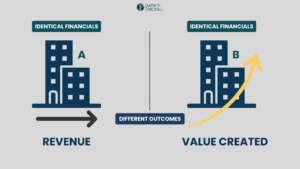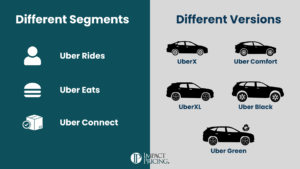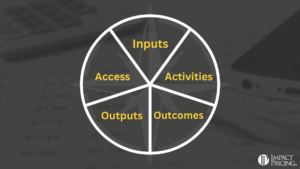Netflix is adding an ad-supported tier to its product line. For only $6.99 you can subscribe to Netflix and receive 4 to 5 minutes of ads an hour. Here is a Wall Street Journal article describing it.
When I first heard this, I thought for sure this was a mistake. Given a choice between $7 with ads and $16 without ads, it seems that many people would choose the ads. That’s over $100 per year. Would you pay $108/year not to have to watch ads? (I would and will, but I’m not normal.) I predict a lot of people will downgrade.
Let’s look at this from Netflix’s point of view. For every subscriber that downgrades, Netflix will earn $108 less. Ouch. Or is it? One sentence in the WSJ article says a lot: “… he expected revenue from ad-tier subscribers to be the same or greater than it is from the comparable ad-free plan.” Assuming he meant revenue per subscriber, it doesn’t matter how many people downgrade. That’s a great position to be in for Netflix.
The article went on to say that for now, Netflix will not be targeting ads based on the characteristics of the viewers, but they will start collecting information about subscribers so they can. This indicates a strong understanding of what their customers (advertisers) value and are willing to pay more for and have put that on their roadmap.
What lessons can we learn from this decision to bring out a lower-priced tier? First, analyze what will happen when current customers switch to your bargain offering. It may be more painful than you expect. Second, look for ways to capture more revenue from price-sensitive customers, even if they aren’t the ones paying. Finally, know what your customers VALUE so you can add more of it and charge more for it.
What other lessons can you glean from their decision?
Now, go make an Impact!
Tags: pricing, subscription, subscription pricing, value















